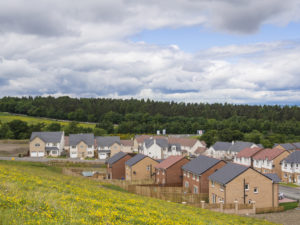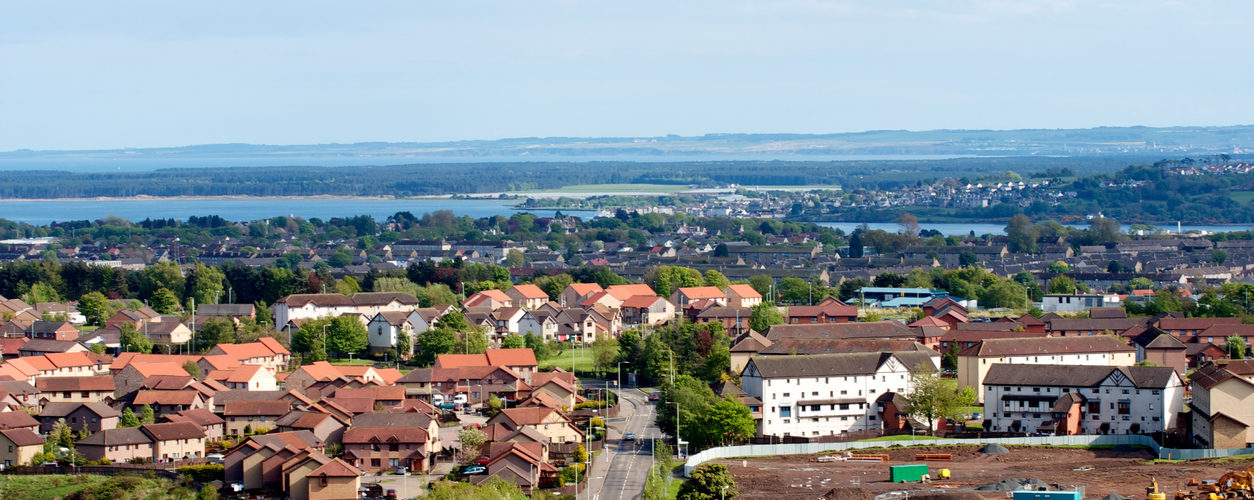This week the Scottish Government published its much-anticipated twenty-year housing strategy. Housing to 2040 is heralded as, ‘Scotland’s first ever long-term national housing strategy with a vision for what we want housing to look like’. Undoubtedly the vision it sets out is bold, ambitious, and disarmingly radical in places.
The stated goal is, ‘to ensure housing in 2040 will support people to live in homes they want to live in which are affordable and meet their needs’. The strategy promises lots of important things:
- enshrining housing as a human right in law;
- levelling up all homes to meet the same high standards;
- make all new social homes zero emission by 2026;
- delivering 20-minute communities to reduce commutes
- making better use of empty homes
- reforming tax to encourage better use of land and support better communities.
- New rights and protections for renters in both the social and private rented sector.
There is much more to welcome in the strategy. The consultation process captured many of the concerns of Shelter Scotland campaigners, social sector developers, local authorities, and others eager to see housing at the heart of a better Scotland.
The simple fact that Scottish Ministers make the case for Government, in the building of social housing, is not a given elsewhere on these islands. Boris Johnson’s Government could learn a lot from this plan.
So why then has this strategy, with so much to commend it, left us at Shelter Scotland feeling so flat? Well simply, it’s not enough!
 It falls short of delivering enough homes to reverse the trend where every year the number of people who need a social home grows at a faster rate than we can deliver new homes to house them. This is what creates so much of the housing inequality in Scotland – we do not have enough social homes in the places they are needed.
It falls short of delivering enough homes to reverse the trend where every year the number of people who need a social home grows at a faster rate than we can deliver new homes to house them. This is what creates so much of the housing inequality in Scotland – we do not have enough social homes in the places they are needed.
The way we measure that is by undertaking what is called an Affordable Housing Needs Assessment. Last year, before the pandemic, Shelter Scotland, the Chartered Institute of Housing, and the Scottish Federation of Housing Associations commissioned researchers to do just that for the whole of Scotland.
Those researchers estimated that the bare minimum needed over the next 5 years to tackle housing inequality was 53,000 affordable homes of which 37,100 should be for social rent if, and it’s a big if, they were mainly built in the places of greatest demand.
So how does Housing to 2040 compare? It promises to finish the 50,000 affordable homes promised and paid for during this Parliament but delayed due to Covid-19. A record number for any Government in Holyrood. It also pledges to begin a new 10-year programme to deliver 100,000 affordable homes – 70 per cent of which are for social rent. The first 50,000 of these will be delivered by 2026 according to the plan.
Therefore, Housing to 2040 is 3,000 affordable (including 2,100 social homes) short. Well that’s alright then? Campaigners always ask for more than they can get I hear you say. Well no. This number wasn’t a target or a starting point for a negotiation it was the minimum needed.
Campaigners always ask for more than they can get I hear you say. Well no. This number wasn’t a target or a starting point for a negotiation it was the minimum needed.
That 2,100 shortfall in new social housing over the next Parliament matters. It matters because it represents 2,100 households told they will need to wait at least another five years before they can get themselves out of a damp home or an overcrowded one; out of a temporary home or a home with stairs when you have a child in a wheelchair; out of a cycle of sleeping on friends couches and off the streets for good. This number is not the abstract obsession of policy wonks, this number is the difference between finally beginning to end the housing crisis and simply managing the problem better.
At Shelter Scotland we make no apology for our ambition for a Scotland where everyone has a safe, affordable home. We will continue to give the Scottish Government credit for the great things in this strategy that will transform many people’s lives and improve our communities but, we will not stop campaigning for a plan to end the housing emergency. Housing to 2040 takes us closer to that place than anywhere else in the UK but better is not enough for the people without a voice, without a home and without the luxury of waiting another five years for a better solution.
For information on how you can campaign with us, contact getinvolved@shelter.org.uk


